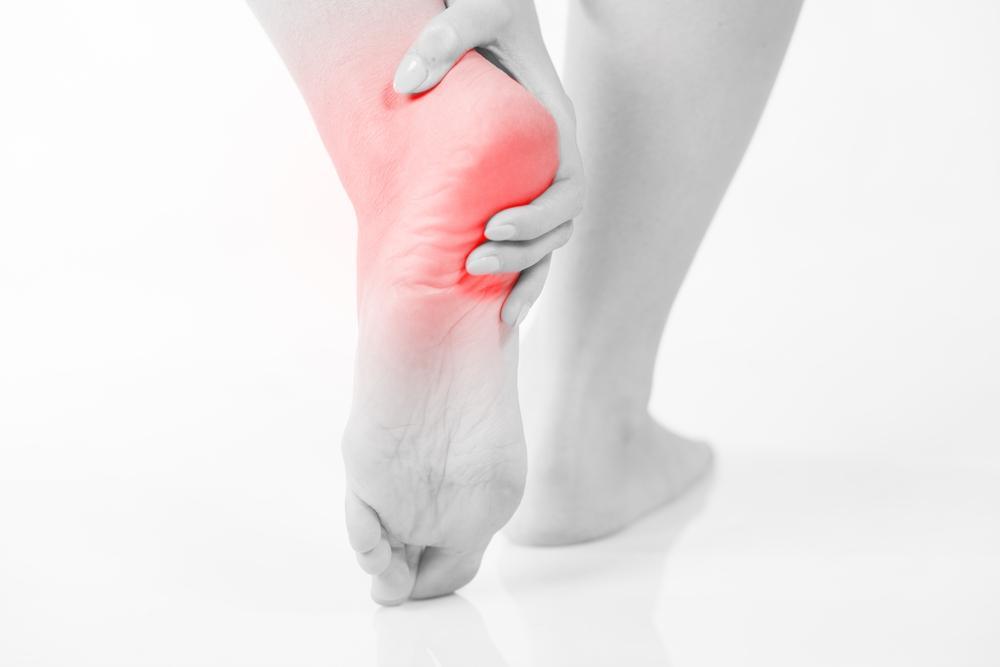Plantar fasciitis is a common condition that can cause significant discomfort in the heel, making it challenging to maintain an active lifestyle. However, staying active is crucial for overall health and well-being, and with the right approach, it is possible to manage plantar fasciitis while keeping up with your fitness goals. Here’s how you can stay active without aggravating your symptoms. First and foremost, it is essential to listen to your body. Plantar fasciitis is caused by inflammation of the plantar fascia, a thick band of tissue that runs along the bottom of your foot. This inflammation can result in pain, especially when standing, walking, or running for prolonged periods. While it is important to stay active, overexerting yourself can make the condition worse. Pay close attention to your pain levels, and if you experience significant discomfort, it is crucial to rest and allow your foot to recover. When managing plantar fasciitis, high-impact activities like running or jumping may exacerbate symptoms. Instead, focus on low-impact exercises that do not place excessive pressure on your feet.

Strengthening the muscles in your feet, calves, and lower legs can help reduce strain on your plantar fascia, making it easier to stay active. Exercises such as calf raises, toe curls, and towel scrunches can improve the strength and flexibility of your feet. Stretching is equally important; focus on stretches that target your calves and Achilles tendon, as tightness in these areas can contribute to plantar fasciitis pain. A simple calf stretch can be done by placing your hands on a wall, stepping one foot back, and pressing your heel into the ground. Wearing supportive shoes is critical when managing plantar fasciitis. Look for shoes with good arch support, cushioning, and shock absorption and find more info from history of plantar fasciitis. Avoid wearing flat shoes like flip-flops, which can worsen your condition. Custom orthotics may also be beneficial, as they can provide additional support and reduce strain on your plantar fascia. If you are participating in any physical activity, make sure your shoes are appropriate for the exercise you are doing, and replace worn-out shoes to ensure they continue to offer adequate support.
Incorporating recovery techniques into your routine can help manage pain and inflammation, allowing you to stay more active. Icing your foot after exercise can reduce inflammation and soothe pain. You can also try using a foam roller or a tennis ball to gently massage the bottom of your foot and improve blood flow. Night splints, which keep your foot in a stretched position while you sleep, can also provide relief by promoting flexibility in the plantar fascia and Achilles tendon. If you are struggling to stay active due to plantar fasciitis, working with a physical therapist can provide valuable guidance. A therapist can develop a personalized exercise plan that strengthens the muscles around your foot while minimizing pain. They can also teach you proper form and techniques to avoid aggravating your symptoms. In some cases, a physical therapist may recommend additional treatments like ultrasound therapy or taping to support your recovery. By understanding your limits and incorporating these strategies into your routine, you can stay active while minimizing pain and supporting long-term recovery.